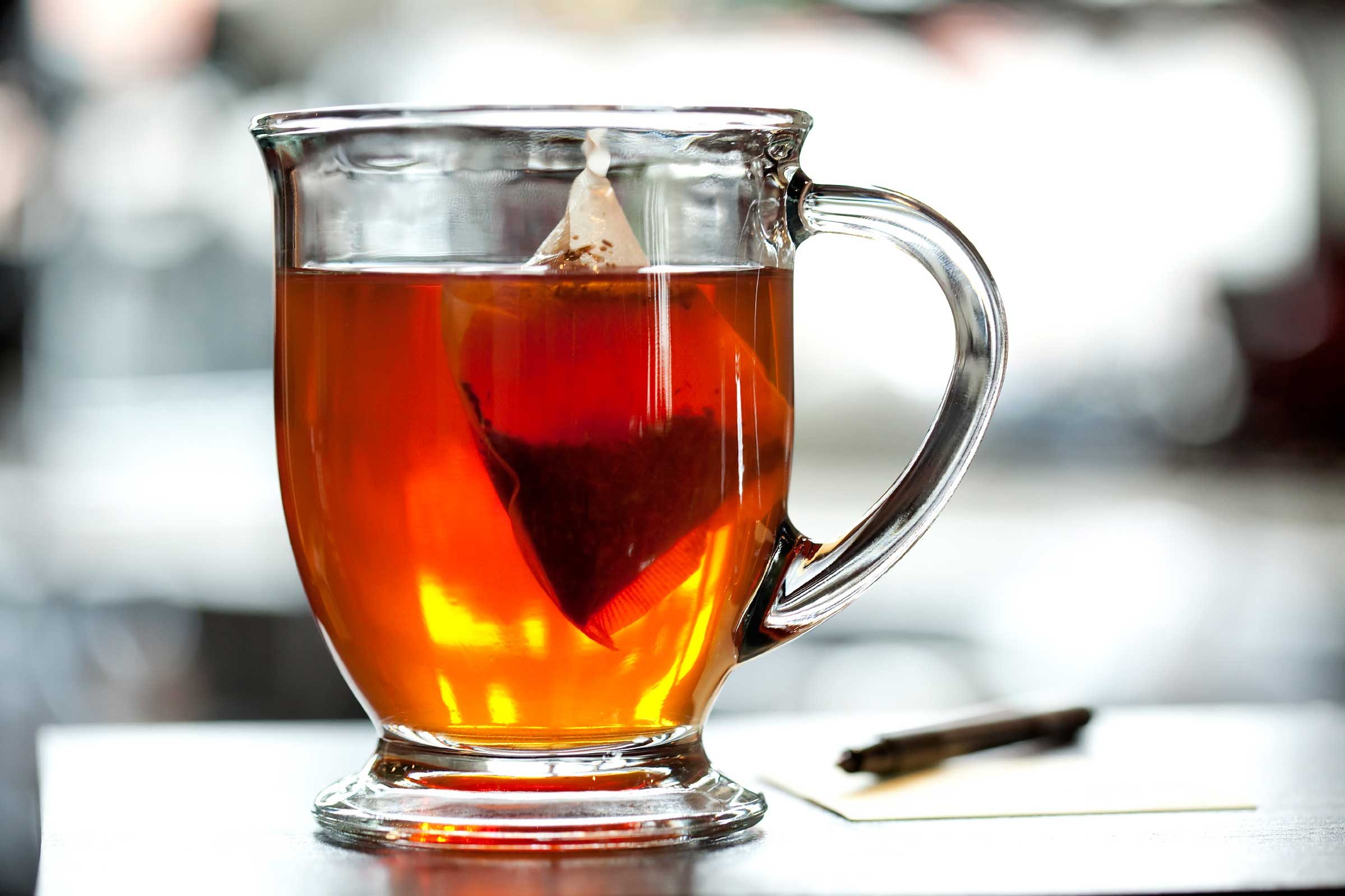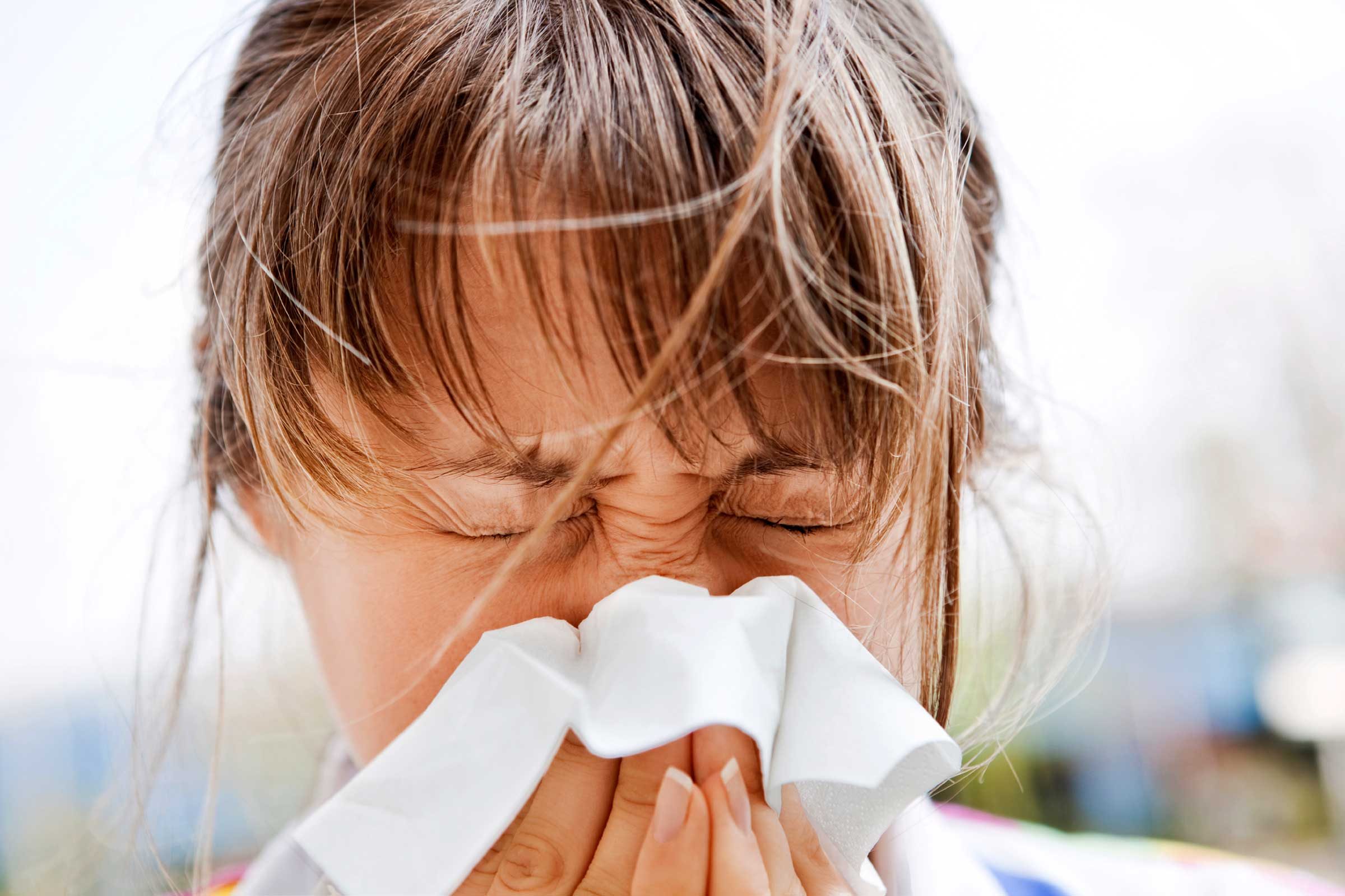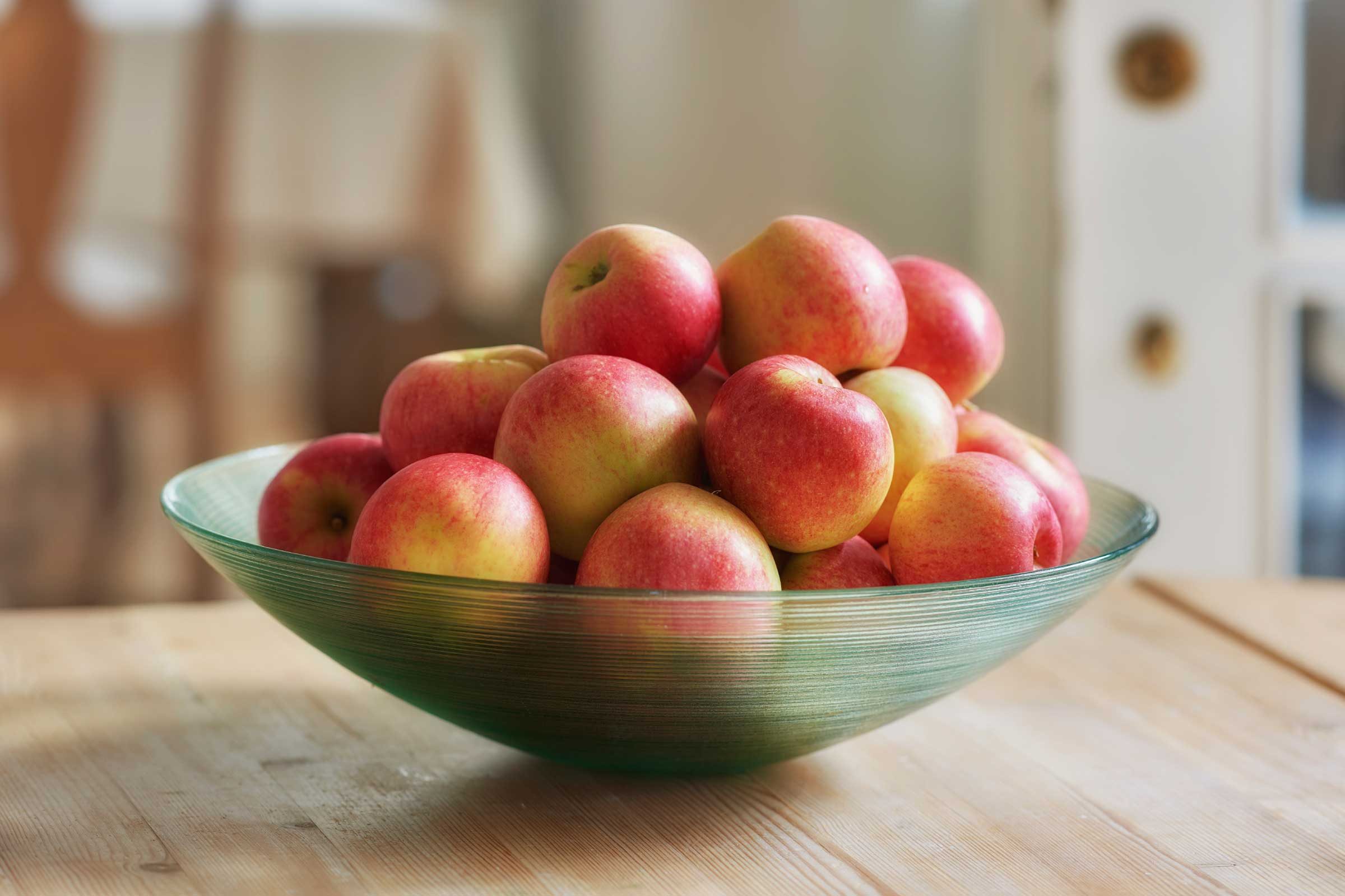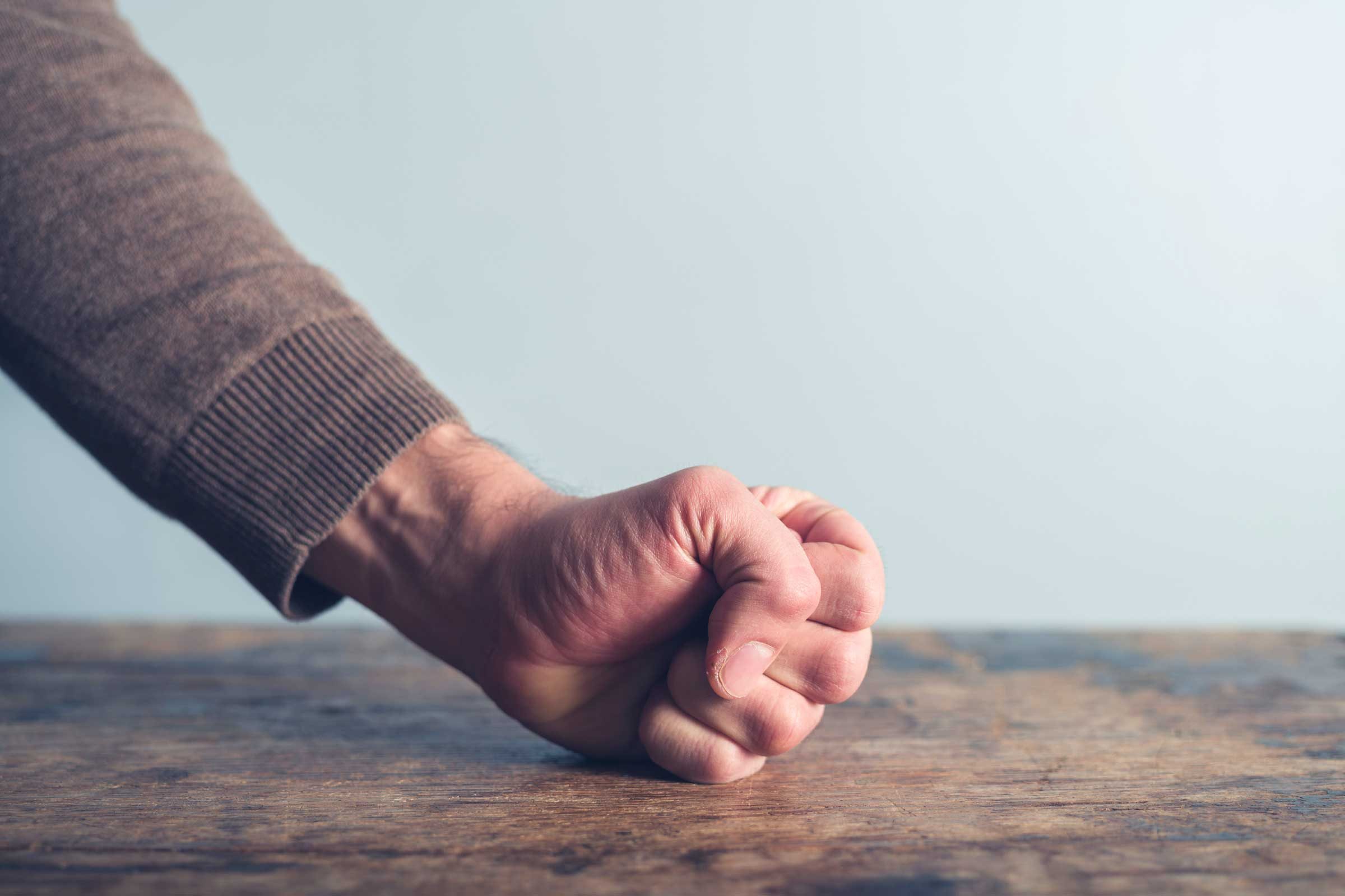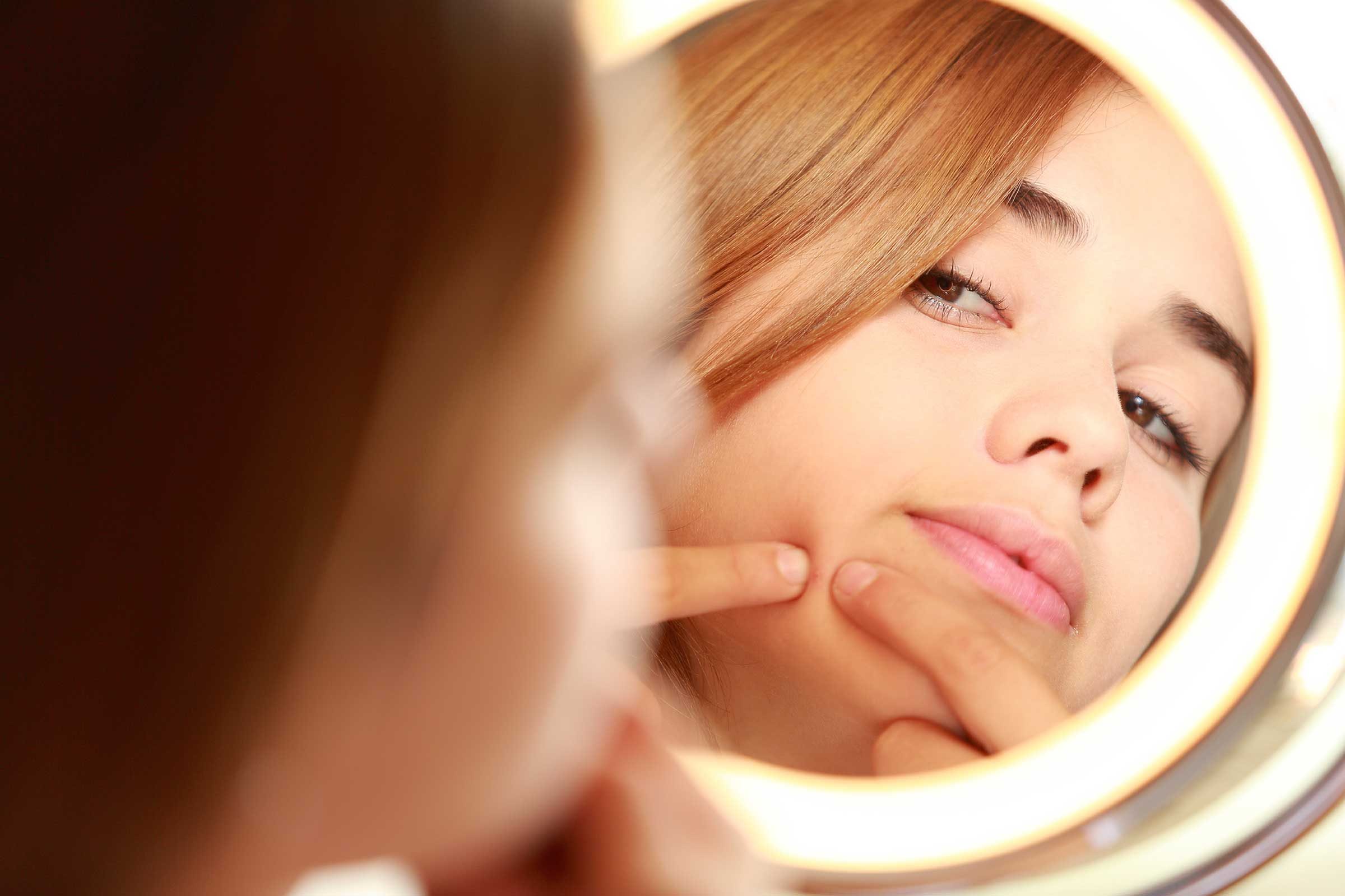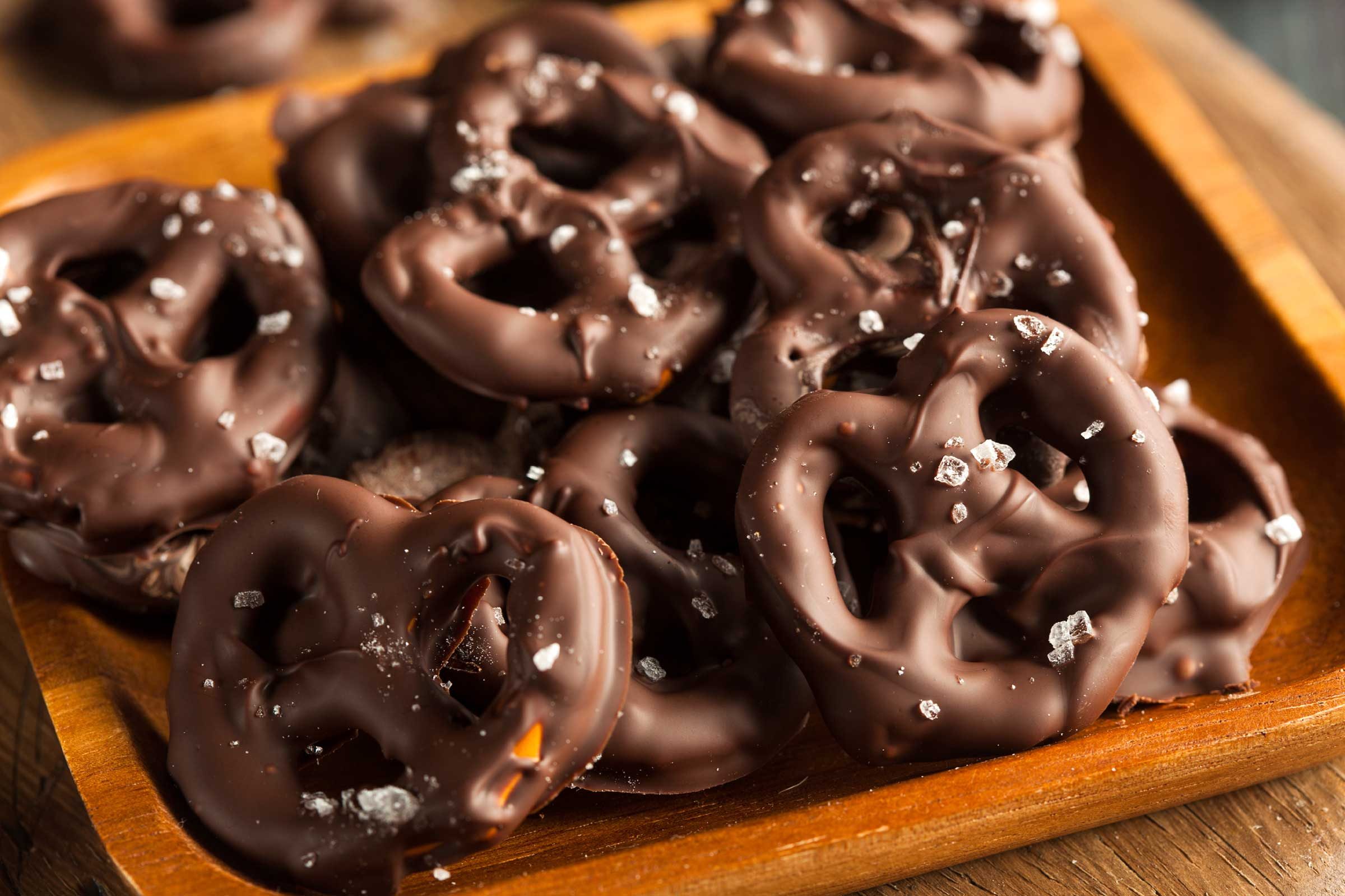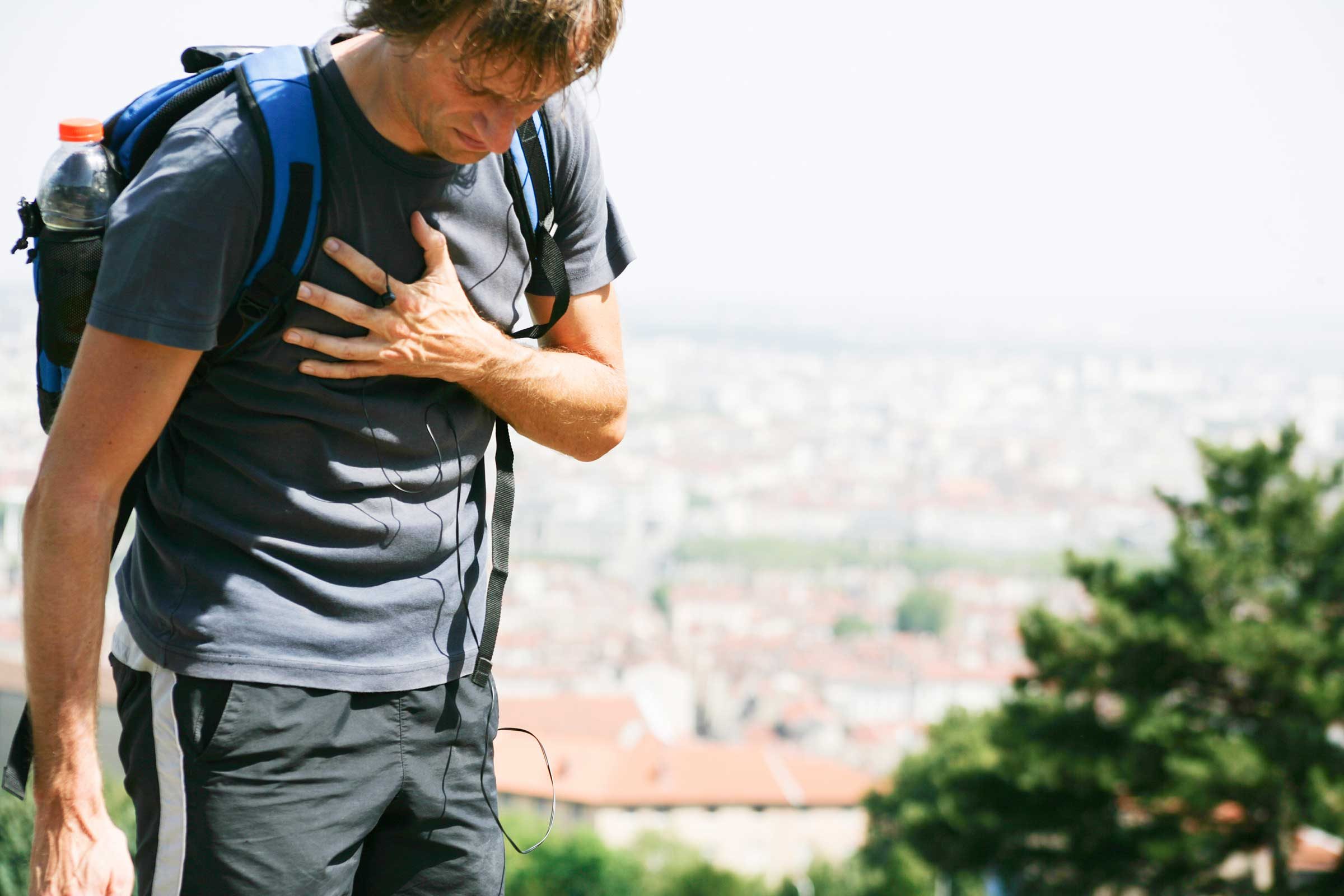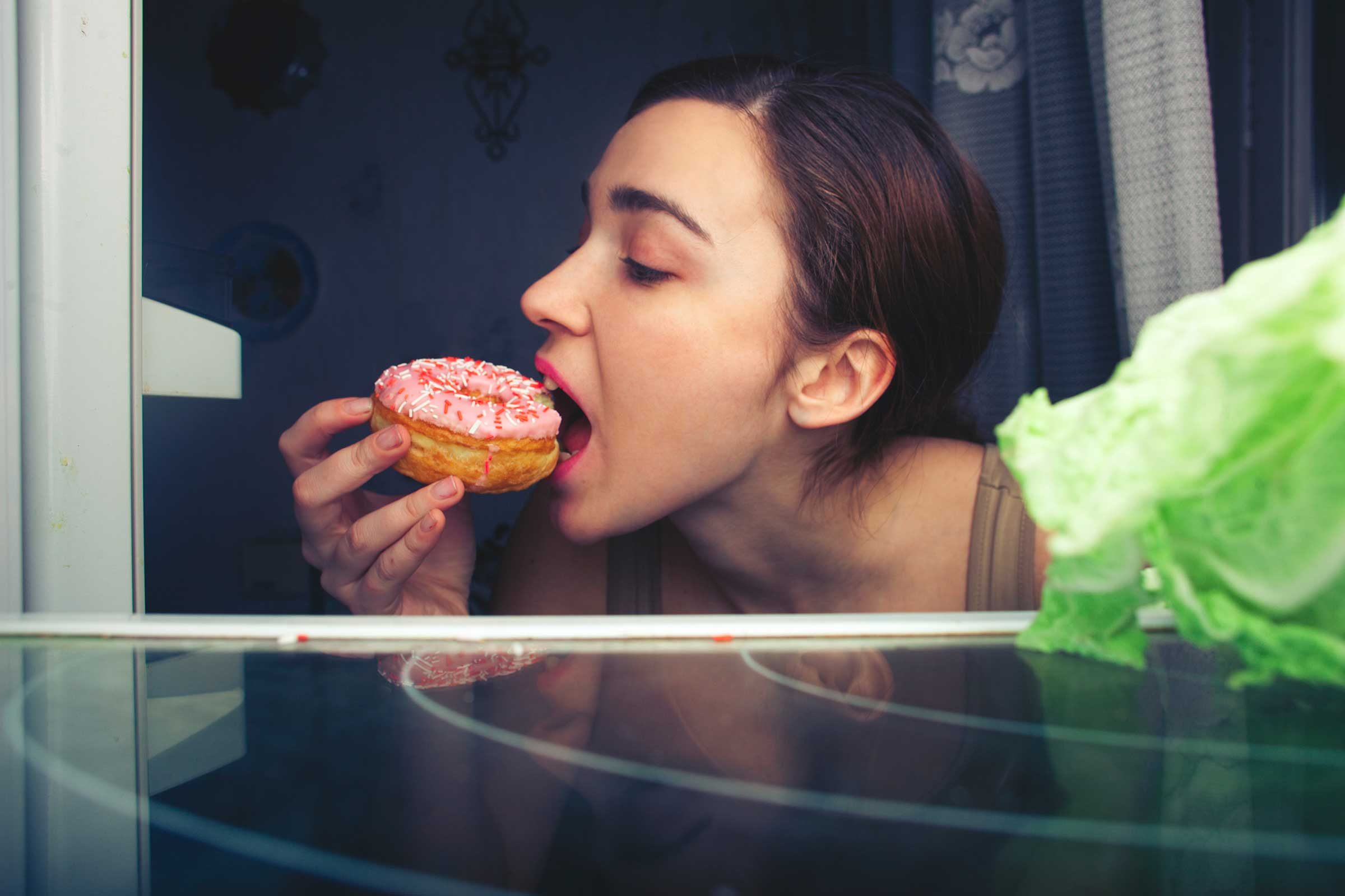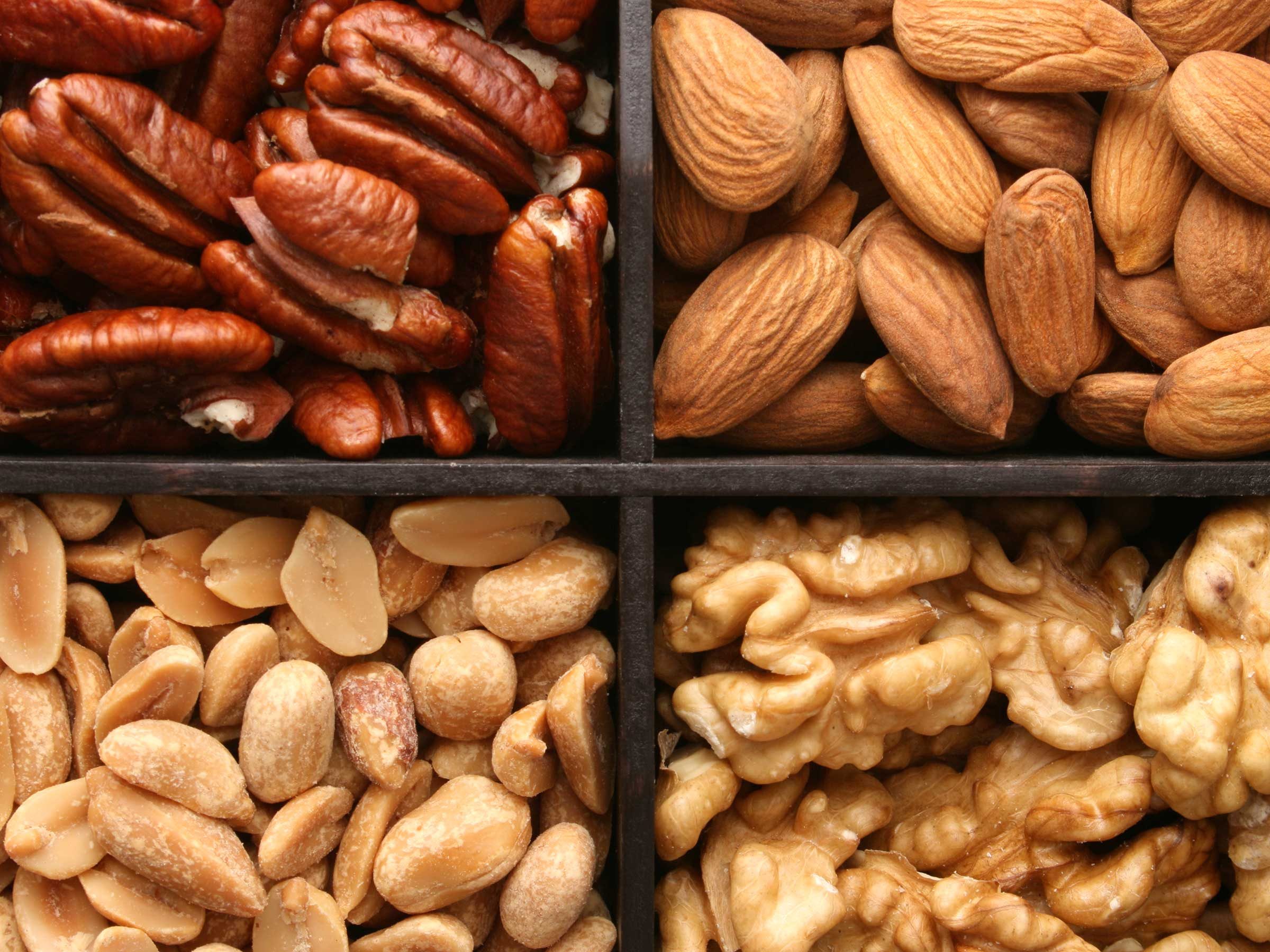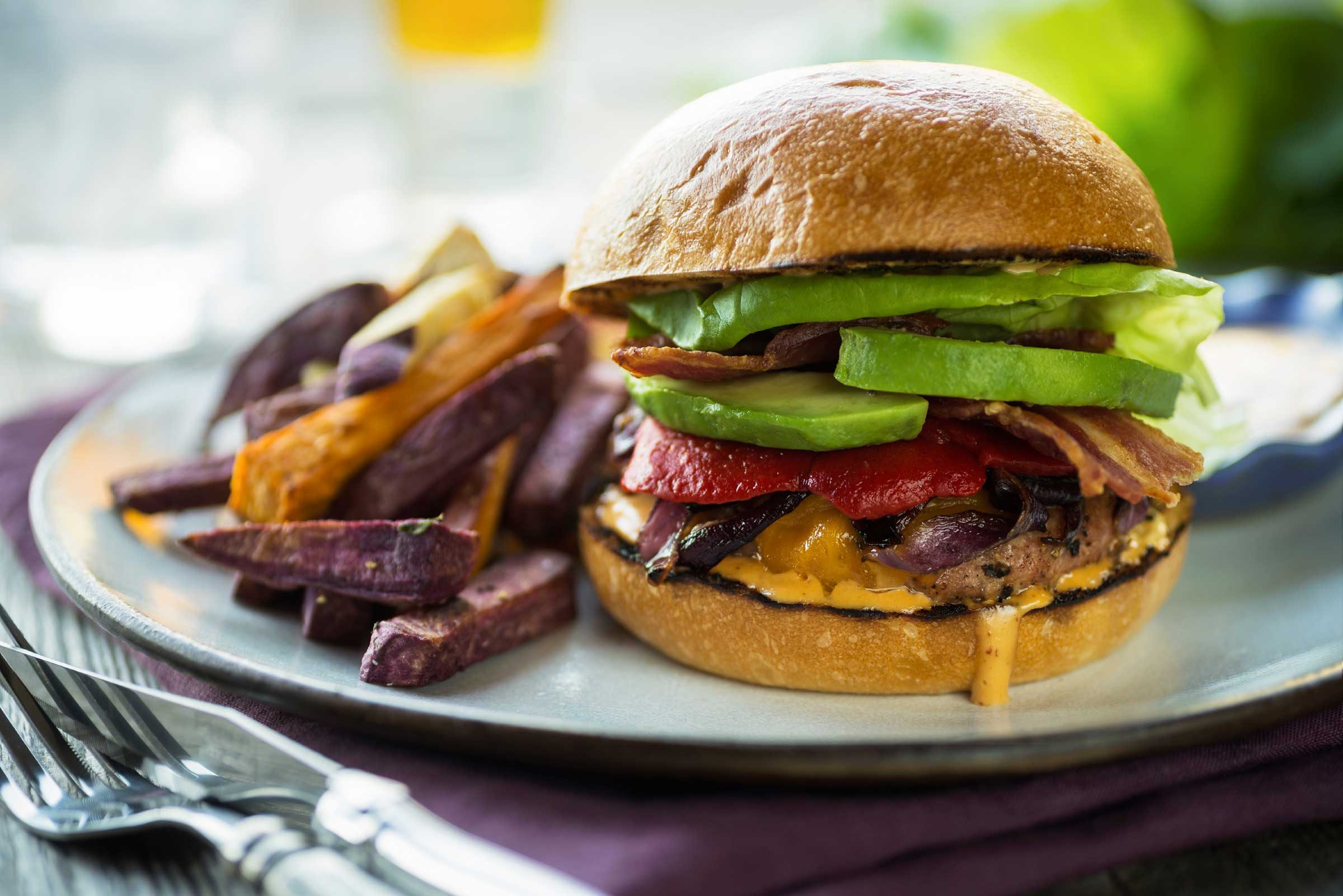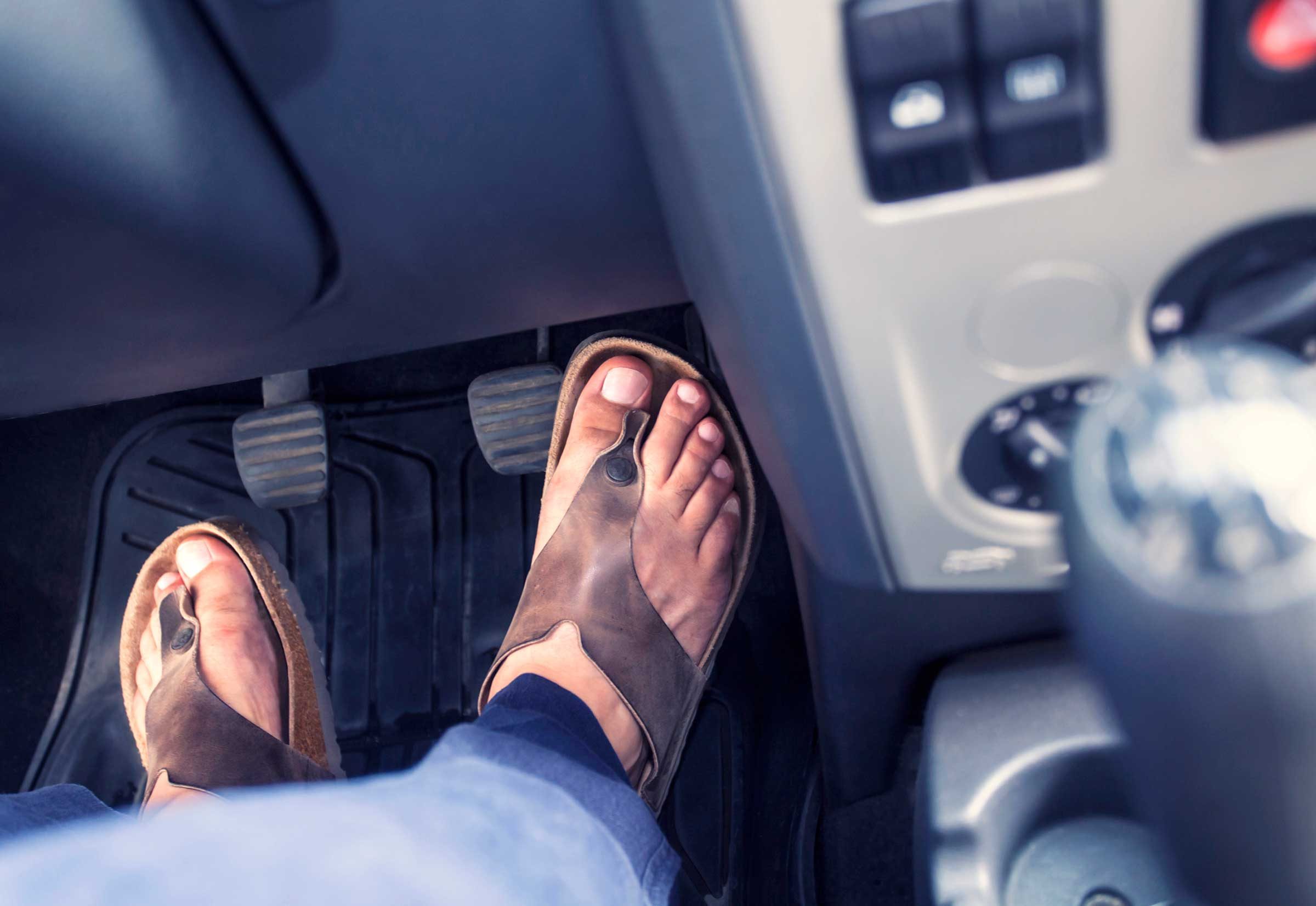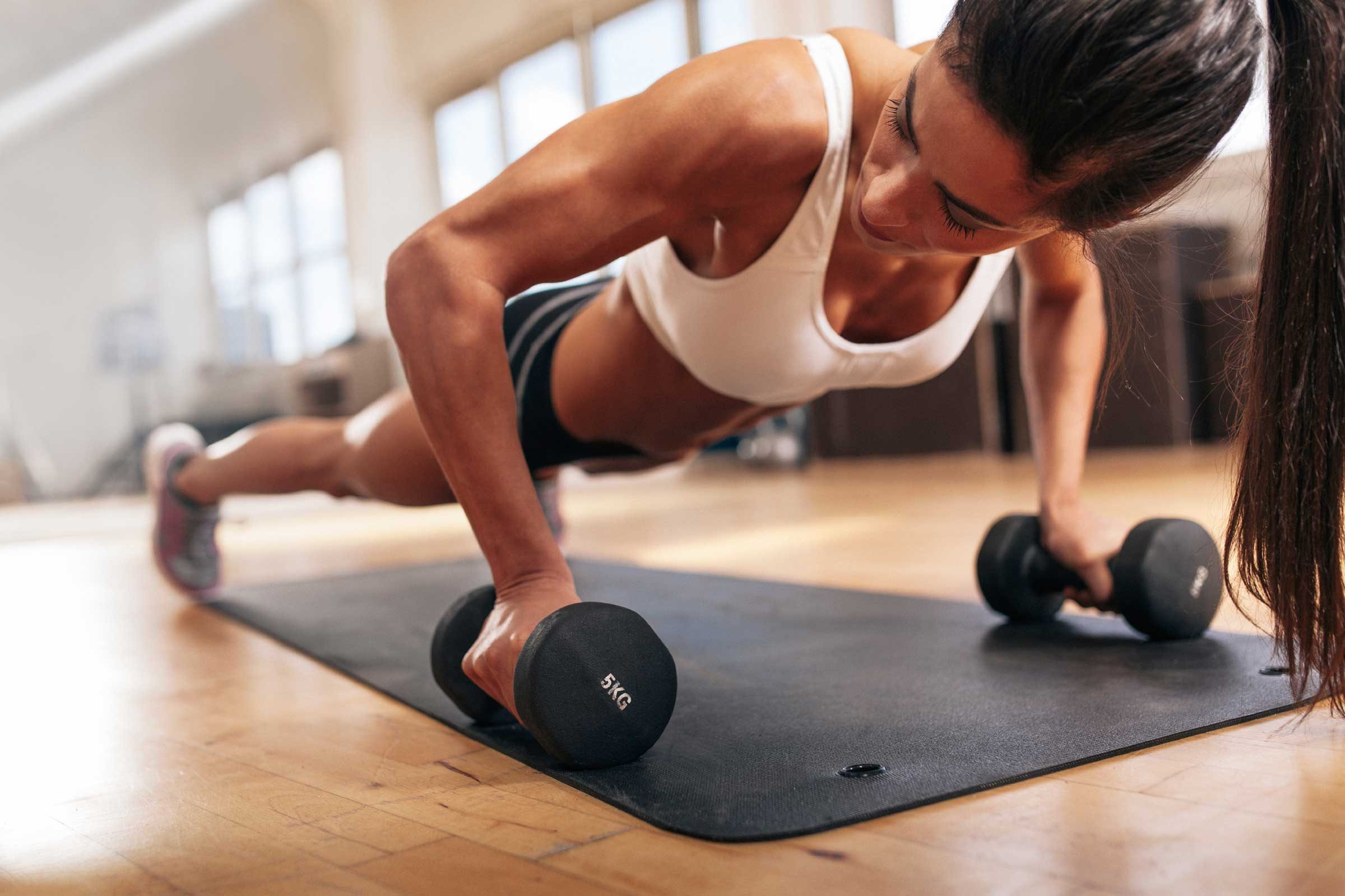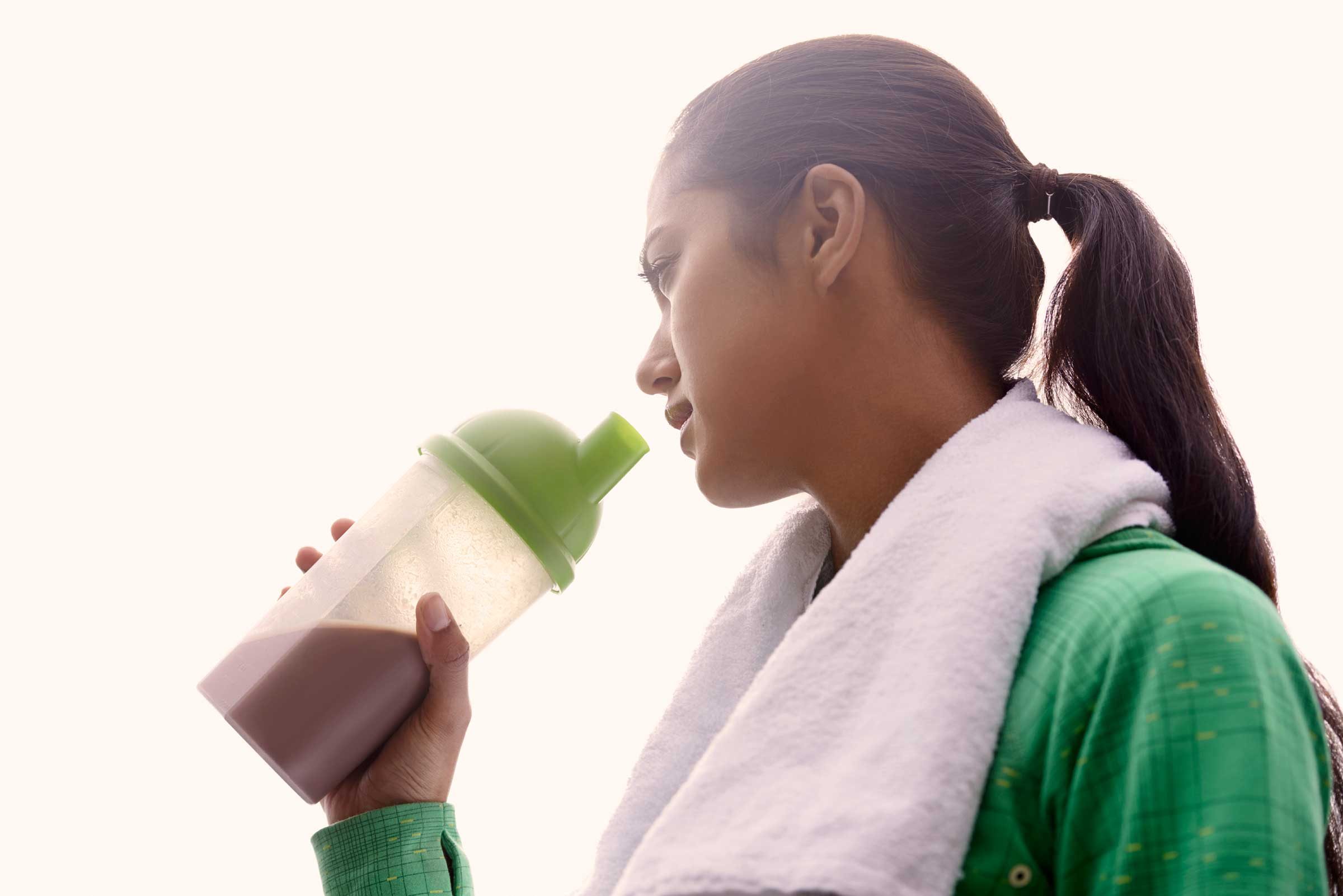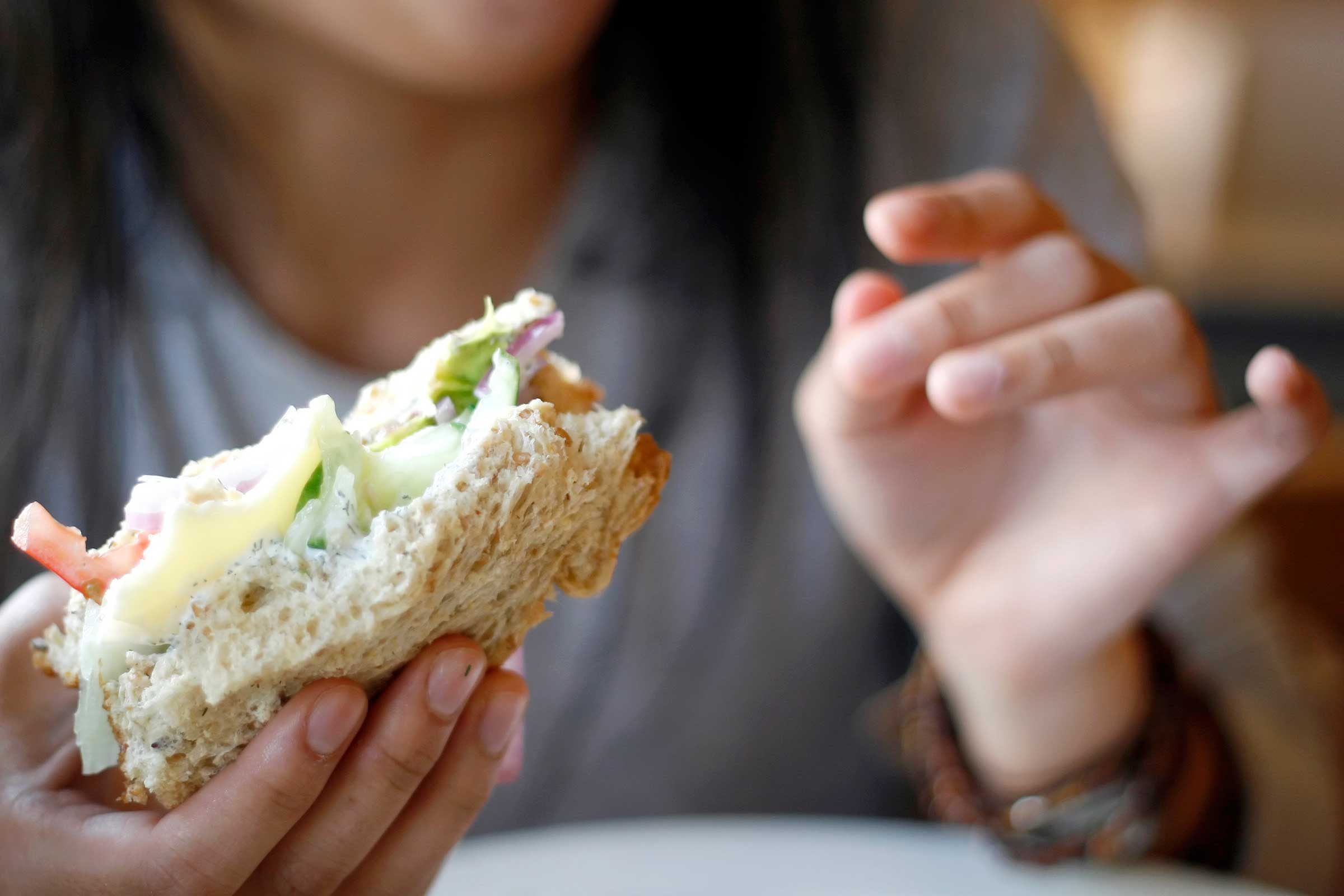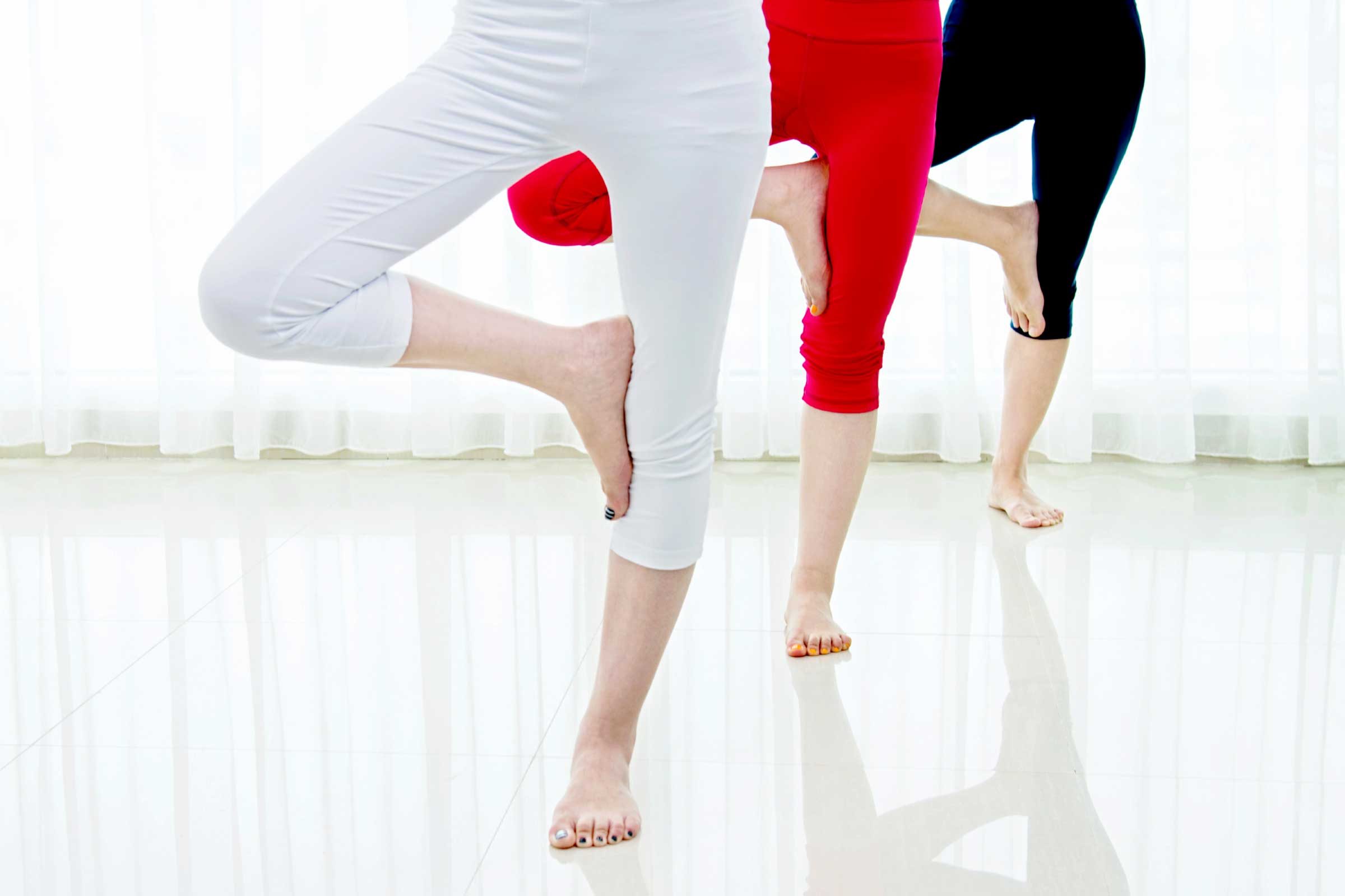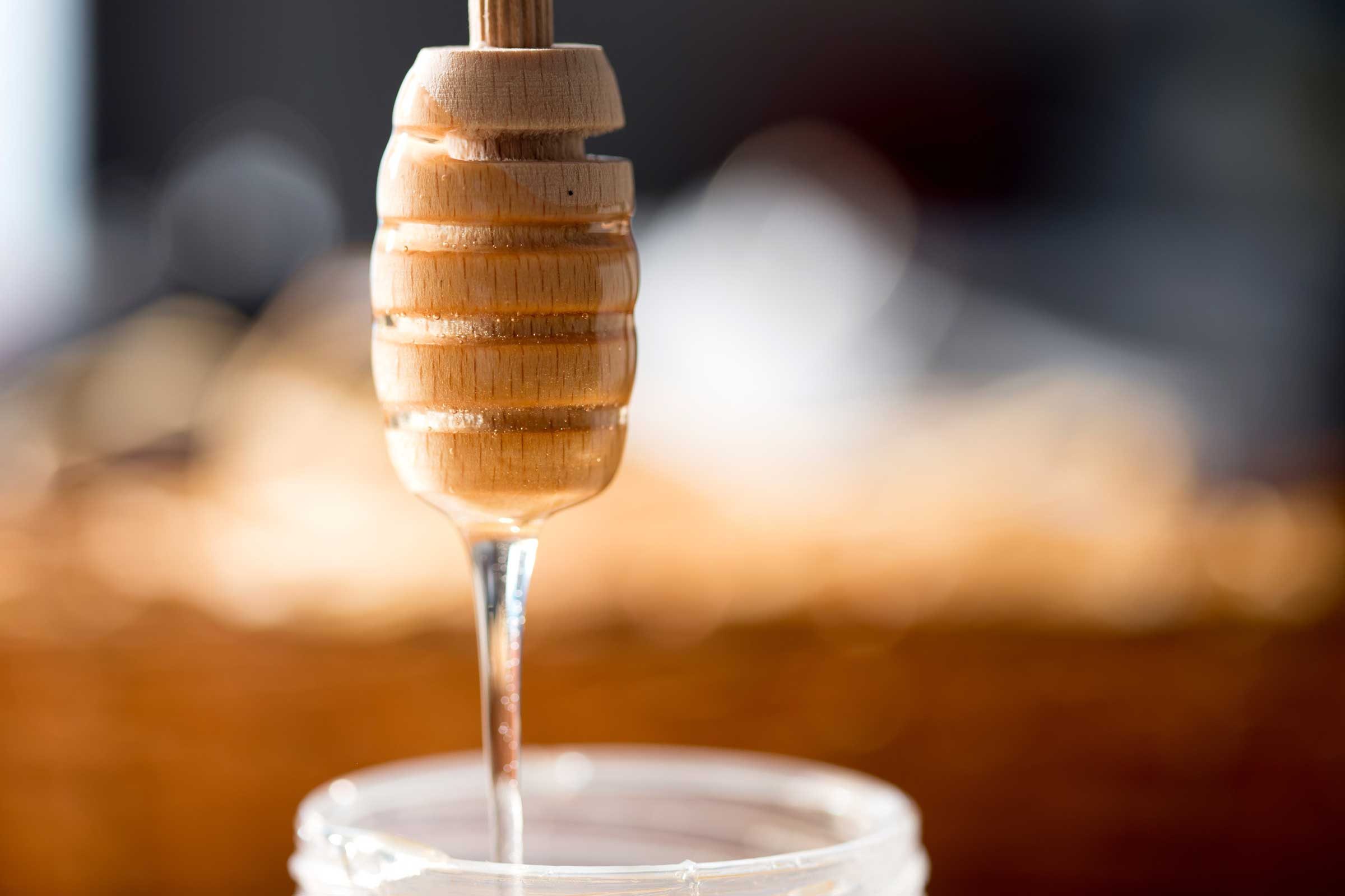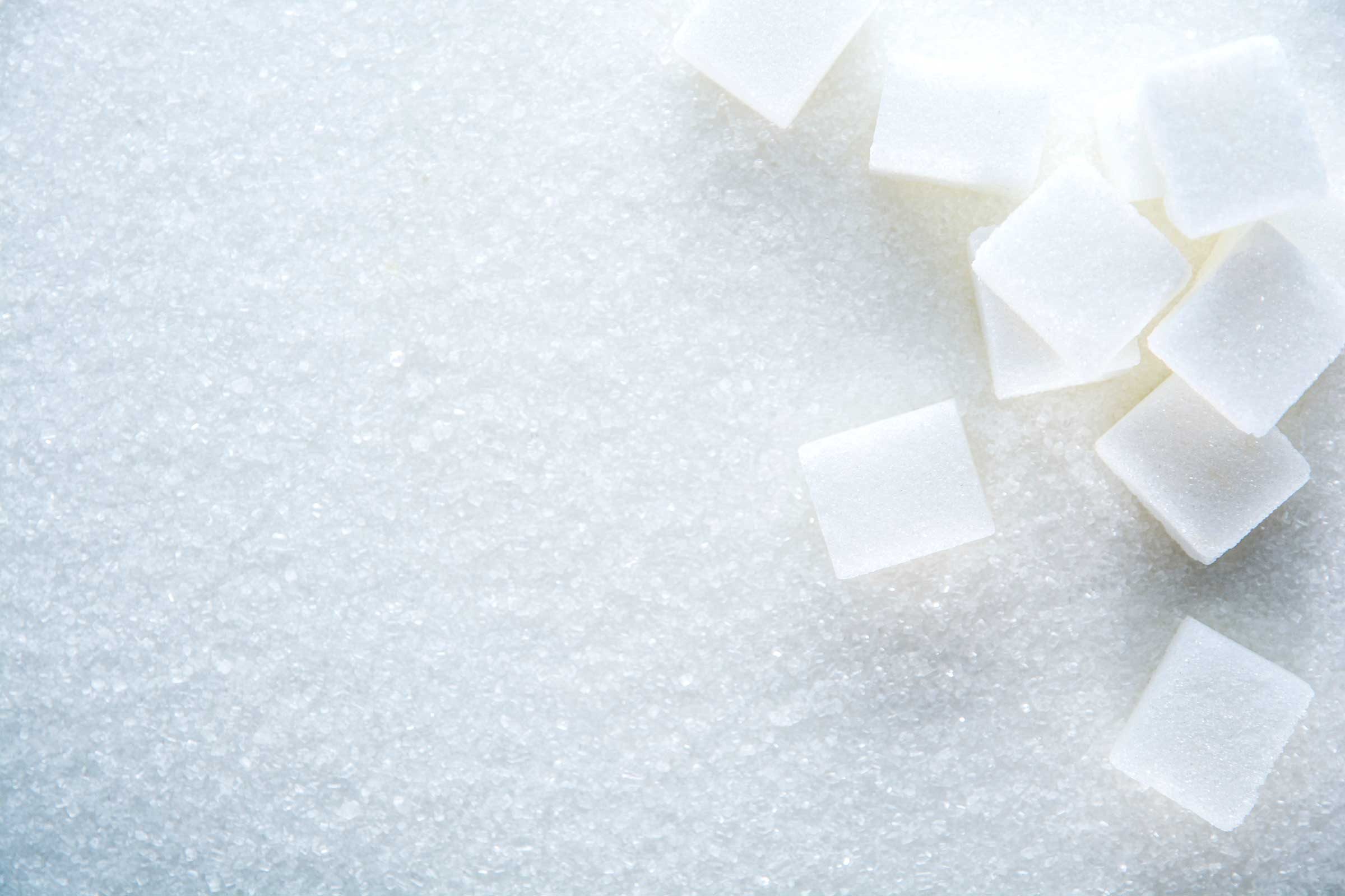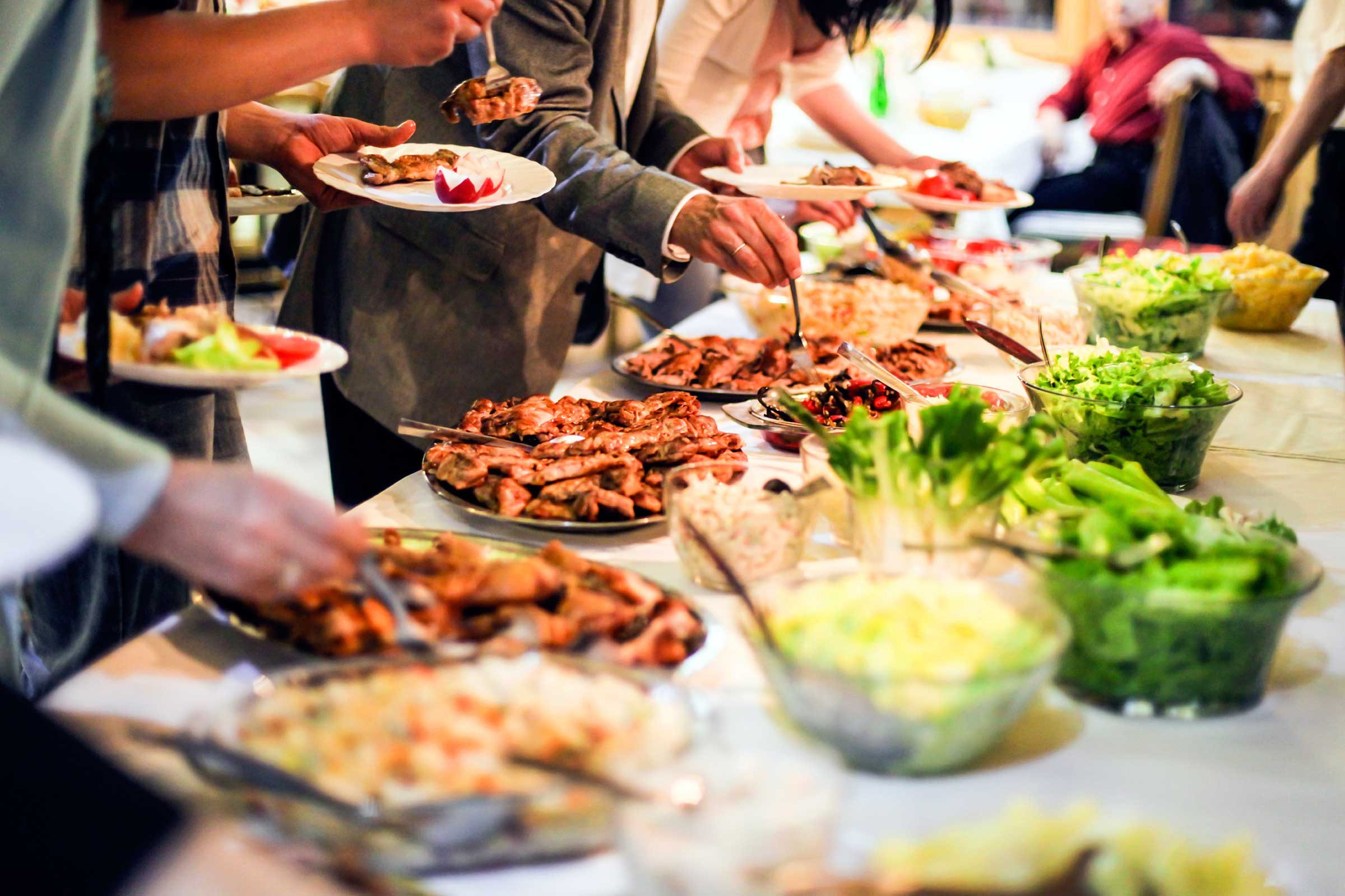Diabetes
Diabetes is a lifelong condition that causes a person's blood sugar level to become too high.
There are 2 main types of diabetes:
type 1 diabetes – where the body's immune system attacks and destroys the cells that produce insulin
type 2 diabetes – where the body doesn't produce enough insulin, or the body's cells don't react to insulin
type 2 diabetes – where the body doesn't produce enough insulin, or the body's cells don't react to insulin
Type 2 diabetes is far more common than type 1. In the UK, around 90% of all adults with diabetes have type 2.
During pregnancy, some women have such high levels of blood glucose that their body is unable to produce enough insulin to absorb it all. This is known as gestational diabetes.
Pre-diabetes
Many more people have blood sugar levels above the normal range, but not high enough to be diagnosed as having diabetes.
This is sometimes known as pre-diabetes. If your blood sugar level is above the normal range, your risk of developing full-blown diabetes is increased.
It's very important for diabetes to be diagnosed as early as possible because it will get progressively worse if left untreated.
When to see a doctor
Visit your GP as soon as possible if you experience the main symptoms of diabetes, which include:
feeling very thirsty, urinating more frequently than usual particularly at night, feeling very tired, weight loss and loss of muscle bulk, itching around the penis or vagina, or frequent episodes of thrush cuts or wounds that heal slowly, blurred vision
Type 1 diabetes can develop quickly over weeks or even days.
Many people have type 2 diabetes for years without realising because the early symptoms tend to be general.
Causes of diabetes
The amount of sugar in the blood is controlled by a hormone called insulin, which is produced by the pancreas (a gland behind the stomach).
When food is digested and enters your bloodstream, insulin moves glucose out of the blood and into cells, where it's broken down to produce energy.
However, if you have diabetes, your body is unable to break down glucose into energy. This is because there's either not enough insulin to move the glucose, or the insulin produced doesn't work properly.
Although there are no lifestyle changes you can make to lower your risk of type 1 diabetes, type 2 diabetes is often linked to being overweight.
If you're diagnosed with diabetes, you'll need to eat healthily, take regular exercise and carry out regular blood tests to ensure your blood glucose levels stay balanced.
You can use the BMI healthy weight calculator to check whether you're a healthy weight.
You can find apps and tools in the NHS Apps Library to help you manage your diabetes and have a healthier lifestyle.
People diagnosed with type 1 diabetes also require regular insulin injections for the rest of their life.
As type 2 diabetes is a progressive condition, medication may eventually be required, usually in the form of tablets.
Diabetic eye screening
Everyone with diabetes aged 12 or over should be invited to have their eyes screened once a year.
If you have diabetes, your eyes are at risk from diabetic retinopathy, a condition that can lead to sight loss if it's not treated.
Screening, which involves a half-hour check to examine the back of the eyes, is a way of detecting the condition early so it can be treated more effectively.
Source: NHS.UK
Source: NHS.UK










